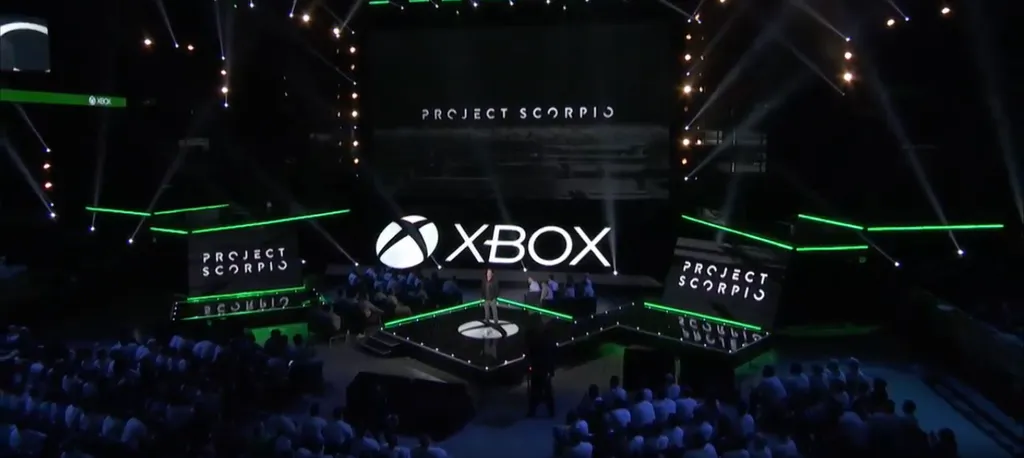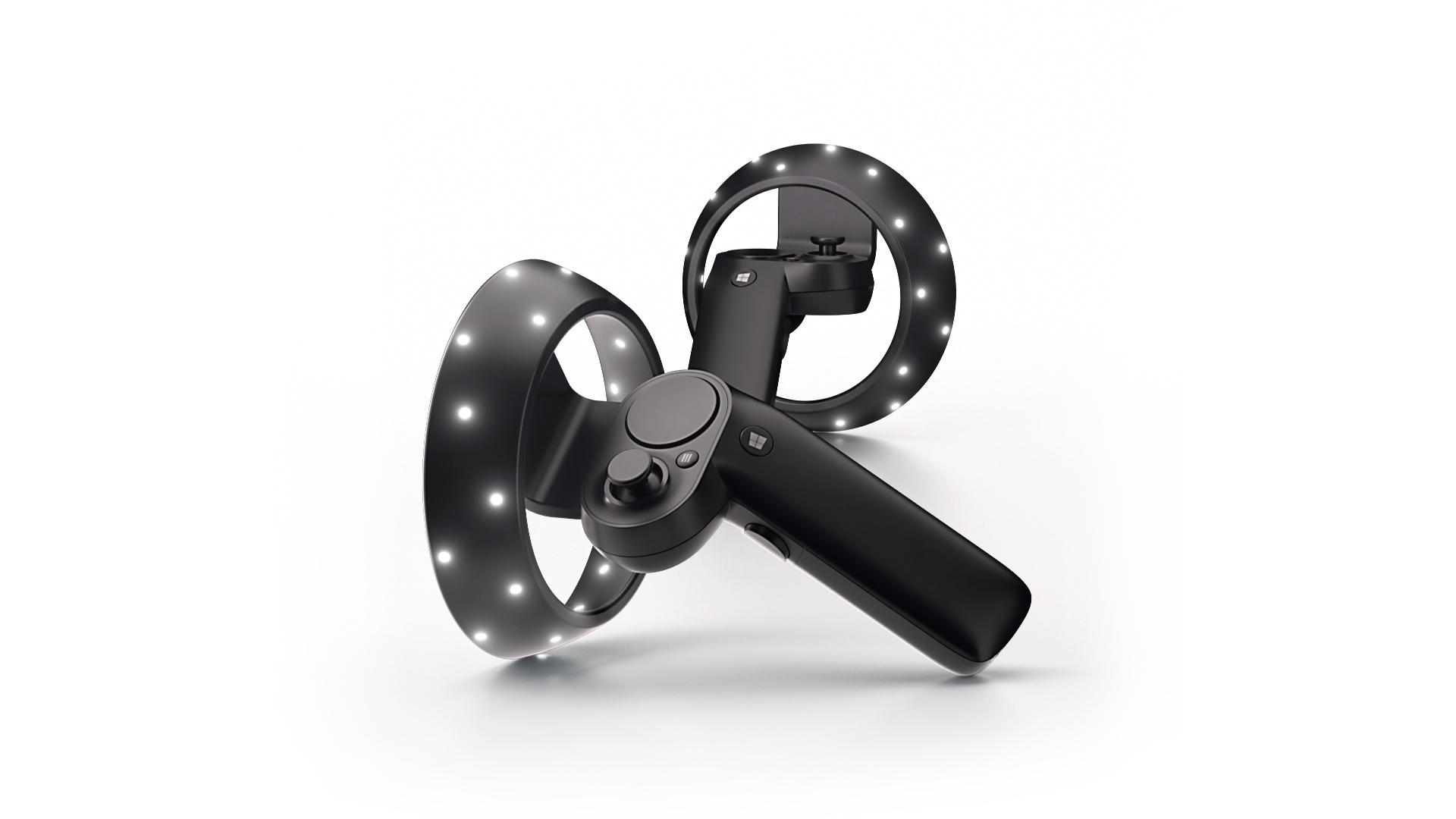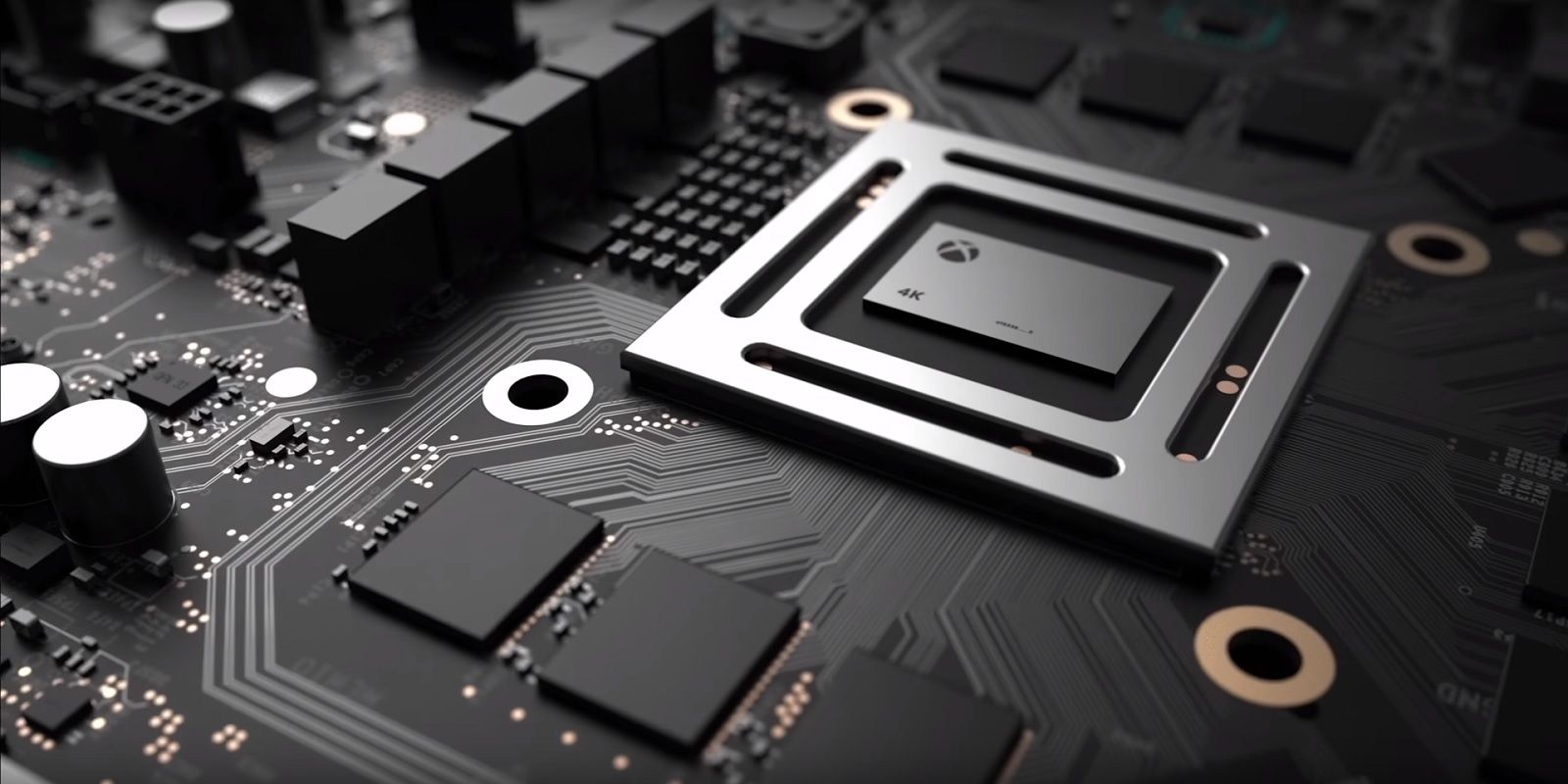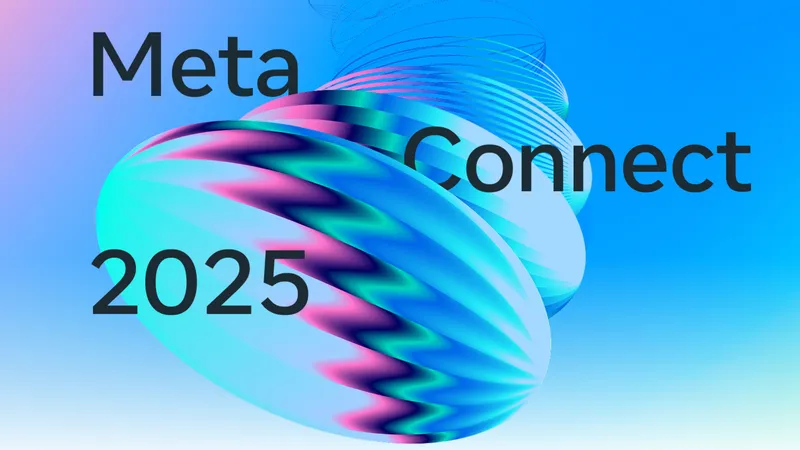The Electronic Entertainment Expo (E3) is in Los Angeles, CA next week and it’s always one of the largest events of the year for gamers, giving giants of the industry including Sony, Microsoft, and Nintendo the chance to show off the latest hardware and games to drive the next generation of consumer interest. We’ll undoubtedly hear about some exciting things on the way for those gaming platforms, but the picture is unclear about just how significant AR and VR will figure into what gets announced next week.
No clarity in what to expect for VR and AR isn’t because of a lack of interest or investment. It is because the industry is rapidly changing, and the main players are keeping their biggest plans tightly under wraps. Immersive computing is poised to change the way people see the world and interact with each other. Gaming is likely to be the bridge to that change — the content that offers a reason to buy it and helps put immersive hardware in millions of homes. For many in 2016, the hardware that delivers the most immersive experiences was too expensive and the software too shallow for many to justify the purchase just yet.
Things are changing though. Even if the AR and VR industry is still in its infancy, it is about to hit a growth spurt. The CEOs of reality creation tools Unity and Unreal have perhaps the best insight anywhere into the state of the industry and both John Riccitiello and Tim Sweeney see investment accelerating significantly over the next year.
Microsoft aims to hit this growth spurt at just the right time, and pick the perfect sweet spot for its VR gear that could leave competitors in the dust.
What We Know
Microsoft upended some of our predictions for E3 with the revelation that the coming wave of wired VR headsets are unlikely to find compatibility with the yet-to-be-detailed Project Scorpio. Instead, Microsoft teased it decided a wireless headset for consoles is the smart move, and has said in the past that 2018 is likely the time VR content will arrive for the platform.
Microsoft is adopting VR quickly and hasn’t given most developers much time to prepare. Where Oculus offered developers years of lead time to develop apps for its platform, Microsoft is getting its developer kits out to folks this summer with headsets arriving for PCs for the holidays.
Its motion controllers are very interesting but haven’t been tested yet publicly. They feature lights all over them that, presumably, allow them to be tracked with pinpoint accuracy when in view of the headset’s sensors. The company said the motion controllers themselves will also include movement sensors and the company will use inverse kinematics to figure out poses when the controllers aren’t in view of the headset’s sensors. All that said, it is unclear how the controllers will work with a simple action like throwing a virtual knife — something that’s absolutely fundamental to a game like Budget Cuts.
Microsoft is pushing VR for Windows 10 on PC heading into the holiday season this year, but its plans for VR on Scorpio aren’t quite clear yet.
What We Expect
Scorpio’s VR integration may be lagging a bit but this could be by design. After all, if Microsoft embraces wireless VR headset tech and maybe even hand controllers for Scorpio, while promising big titles coming to it with a software update in 2018, there could be a lot of people taking a long pause when considering buying a PS4 and PlayStation VR (PSVR) heading into the holidays.
Waiting until 2018 for a strong embrace of VR gaming on Xbox could also allow Microsoft to iron out the system more so developers can do much more with games on it. Meanwhile, Microsoft gets to focus on figuring out VR on Windows heading into this holiday season and launching Scorpio for ultra high definition televisions and the promise of VR coming soon.
E3 Crystal Ball
Microsoft already upended our predictions once, so I’m reluctant to make too many more solid predictions at this point, but I certainly hope we’ll see big titles confirmed for Scorpio in 2018.
































